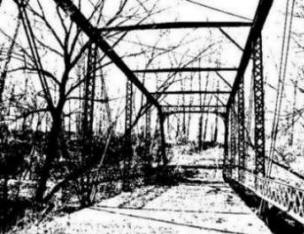|
The total number of
bridges documented in these pages has surpassed the 1000 mark including
about 960 historic metal bridges. In February a companion website
http://oldohiobridges.com/arch
was established to catalog Ohio’s historic concrete and stone arch
bridges and lists bridges that are on the National Register or rated as
select or reserve status, plus some interesting non-select examples. It
initially included more than 100 bridges
The
Bridge List table was reorganized last year to more clearly indicate (by
color coding) whether an existing bridge is public, private, abandoned,
closed or on exhibit. Unconfirmed bridges on the Bridge List are now
relatively few so easy to miss, therefore, bridges that are either
missing a photo or needing confirmation were copied into a separate
table to make them more easy to identify by those who want to focus on
those bridges in most need of a visit.
In
June the website was moved to a new hosting service (Bluehost) because
of service problems experienced with the old host (we suffered about a
week of downtime in May.) The move has also provided better
administrative tools to help maintain this website but the changes
should be largely transparent to users except for improved reliability.
Several contributors were particularly active in 2008. Gary Erdos
photographed many bridges in NE Ohio, which had a high number of
unconfirmed bridges. Doug Miller also filled in missing information in W
Ohio, Janis Ford made contributions throughout the state and Don O’Brien
continued as the major contributor in southern Ohio. The NW area of Ohio
is now the remaining region in most need of further investigation.
Directed Google
advertisements and search boxes where included in the website to try to
offset the hosting costs. I’ll evaluate their effectiveness this year
and am open to your comments about this and all other aspects of the
website!
Annual Report 2009
Additions to this website slowed considerably in 2009. This is not
just due to the fact that there are fewer additional bridges to add
as time goes on but due to health issues that are making typing and
other aspects of compiling this list more difficult for me. This
situation will ultimately require me to close this website. I hope
its content can be transferred to another enthusiast.
Annual Report 2010
No new entries were made in 2010 and some features were removed. It
is anticipated that the site will close later this year. |

